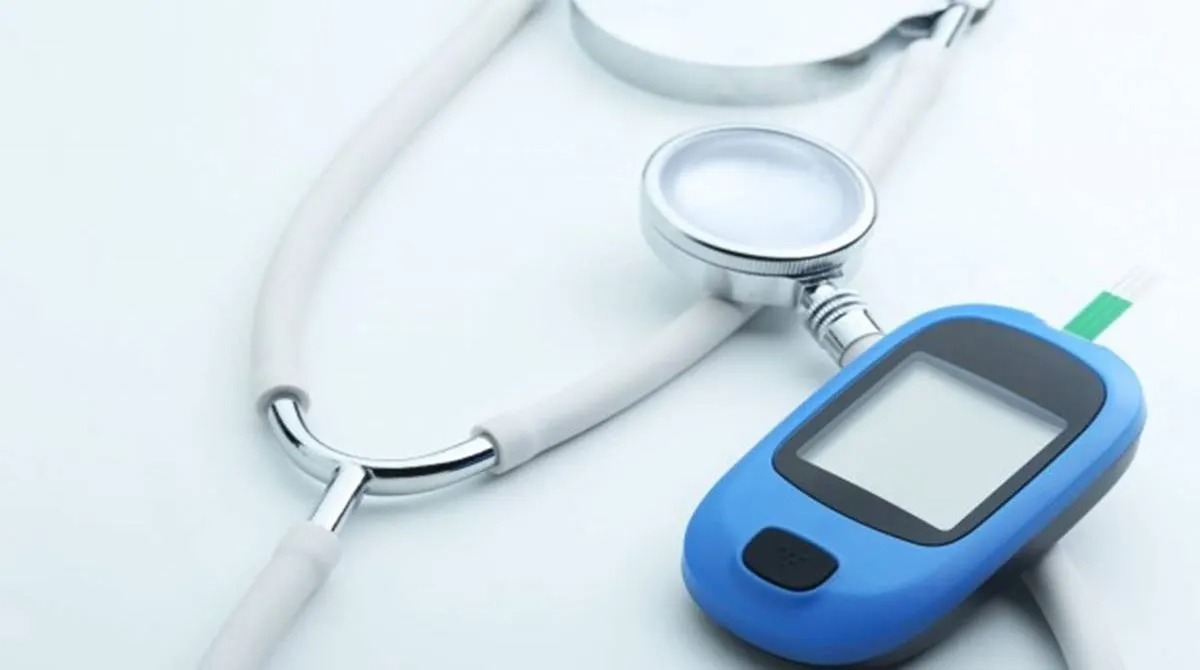How technology is steering the wheel of healthcare for women in rural India
30 March, 2023

Healthcare infrastructure in rural regions of India has been found to be severely lacking when compared to their urban counterparts. The uneven distribution of resources across the rural-urban divide is made more apparent by the fact that more than 75% of India’s healthcare infrastructure and 74% of its doctors are concentrated in metropolitan regions. These statistics tell a grim story when one factors in the detail that these metropolitan areas only comprise 27% of the country’s entire population, while the rest of the 73% population inhabit rural areas. The disproportionate allocation of healthcare delivery systems across the nation has created an imbalance in accessibility to basic patient care. However, this situation is magnified when we look at it through the lens of gender.
In rural areas, owing to existing systems of gender discrimination, women’s access to healthcare has been fraught with challenges. Issues such as social stigma, illiteracy, and superstition, contribute majorly to the lack of awareness amongst rural women towards their health and well-being. In order to tackle these issues, more healthcare professionals and resources need to be assigned to these regions. Moreover, the existence of logistical challenges such as poor infrastructure, irregular supply of electricity, and unstable network connectivity, make it difficult for creating easily accessible medical provisions for rural residents.
A holistic process of establishing and then ensuring the proper functioning of healthcare systems in rural India requires an extensive network of a support structure in place. It involves improving infrastructure, educating individuals, and women especially, on health-related issues, along with using the help of technology-backed solutions for the purpose of quality care delivery. The goal here is to ensure that women in rural regions receive the care they require and that healthcare institutions in these regions are well-equipped to provide them with it.
Making healthcare more accessible to rural women through technology
With the healthcare system in the country undergoing a rapid digital transformation, it is to be noted that technological interventions might just be the key towards realising the goal of delivering quality care to rural women. While most of them still continue to have inhibitions towards using technology, with proper skilling programs in place, they can be more independent regarding their health and well-being. Instead of traveling long distances or worrying about language barriers, they can have access to a wealth of information at their fingertips. Additionally, once made aware of the benefits, rural women can easily avail of remote patient monitoring and telemedicine services so as to monitor their health by themselves. This will go a long way in empowering them and ensuring their autonomy over their health.
Remote patient monitoring (RPM) systems can prove essential in helping healthcare professionals keep track of patient vitals such as heart rate, respiratory rate, blood pressure, blood oxygen saturation, and temperature, especially in the case of patients who are located in remote areas. In the case of pregnant rural women, which constitutes 50% of maternal death in rural India, most of these women face complications in their pregnancy or even death because of not being able to make it in time to the hospital. But, with RPM and early warning systems in place, these situations can be averted as doctors can be notified in advance in case of worsening patient conditions. Women can also receive personalized health advice through teleconsultation services.
Enhancing patient care delivery one step at a time
The Government of India has taken various initiatives to make healthcare accessible to women in rural India. One notable example is the SEWA Rural Health program which trains rural health workers to use basic technologies such as blood pressure monitors and urine dipsticks. The program has had a significant impact on maternal and child health outcomes in the participating villages. Furthermore, with the introduction of Electronic Health Records (EHR), it has become easier for healthcare providers to maintain medical records and share them with other healthcare providers, ensuring continuity of care for women in rural areas who may need to see multiple healthcare providers.
Advances in healthcare technology have made it possible to diagnose and treat diseases more accurately and efficiently. Providing care to women in remote areas has become easier with medical devices such as contactless remote patient monitoring devices, portable ultrasound machines, and blood glucose monitors. The idea is to bring a paradigm shift in the healthcare system with continuous contactless health monitoring and an AI-based early warning system to save lives.
Overall, technology has enabled medical professionals to provide medical consultations and treatments remotely, improved the quality of healthcare, and made it easier for women in remote areas to access healthcare services at the click of a button. In order to ensure that India as a country achieves the goal of universal health coverage, it is imperative to take steps to restore the balance in terms of healthcare delivery in rural areas. Training and upskilling healthcare resources to ensure the adoption of technology in these regions will go a long way in establishing the foundations of a strong and efficient rural healthcare ecosystem in the country.
Useful Links:
Source: www.financialexpress.com
TAG(s):
